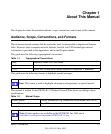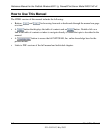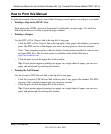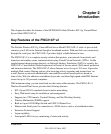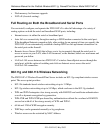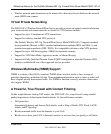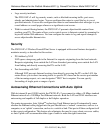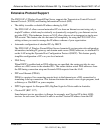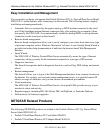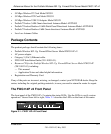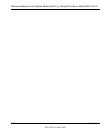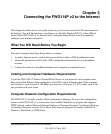
Reference Manual for the ProSafe Wireless 802.11g Firewall/Print Server Model FWG114P v2
Introduction 2-5
201-10301-02, May 2005
Extensive Protocol Support
The FWG114P v2 Wireless Firewall/Print Server supports the Transmission Control Protocol/
Internet Protocol (TCP/IP) and Routing Information Protocol (RIP).
• The ability to enable or disable IP address sharing by NAT.
The FWG114P v2 allows several networked PCs to share an Internet account using only a
single IP address, which may be statically or dynamically assigned by your Internet service
provider (ISP). This technique, known as NAT, allows the use of an inexpensive single-user
ISP account. This feature can also be turned off completely for using the FWG114P v2 in
settings where you want to manage the IP address scheme of your organization.
• Automatic configuration of attached PCs by DHCP.
The FWG114P v2 Wireless Firewall/Print Server dynamically assigns network configuration
information, including IP, gateway, and domain name server (DNS) addresses, to attached PCs
on the LAN using the Dynamic Host Configuration Protocol (DHCP). This feature greatly
simplifies configuration of PCs on your local network.
• DNS Proxy.
When DHCP is enabled and no DNS addresses are specified, the router provides its own
address as a DNS server to the attached PCs. The router obtains actual DNS addresses from
the ISP during connection setup and forwards DNS requests from the LAN.
• PPP over Ethernet (PPPoE).
PPPoE is a protocol for connecting remote hosts to the Internet over a DSL connection by
simulating a dial-up connection. This feature eliminates the need to run a login program, such
as Entersys or WinPOET on your computer.
• PPTP login support for European ISPs, BigPond login for Telstra cable in Australia.
• Classical IP (RFC 1577).
Some Internet service providers, in Europe for example, use Classical IP in their ADSL
services. In such cases, the firewall is able to use the Classical IP address from the ISP.



